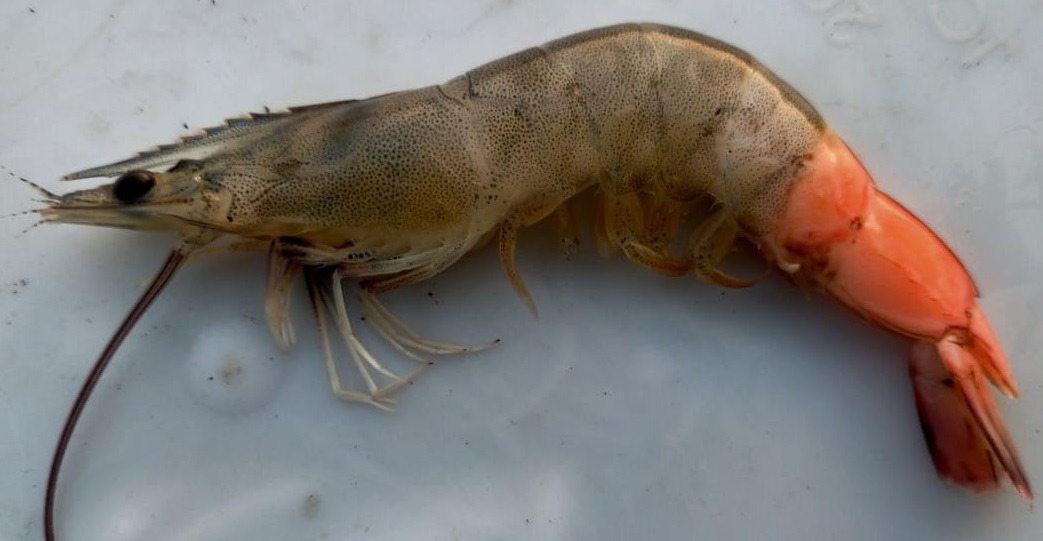Get to Know Myo IMNV Disease in Vannamei Shrimp and Its Characteristics
Myo disease in white shrimp is also known as IMNV disease. This disease is caused by the Infectious Myonecrosis Virus (IMNV), which damages muscle tissue in shrimp. As a result, from the body tissue until the tail of the shrimp dies and the color becomes red.
Myo disease was first discovered in Brazil in 2002. This disease is classified as malignant and deadly in vaname shrimp, with a mass mortality rate reaching 70% of the total shrimp stocked in ponds.
While in Indonesia, this disease was first discovered in 2006, precisely in one of the ponds in Situbondo Regency. Since then, research has been carried out on this shrimp disease.
So what exactly does Myo IMNV disease look like in vannamei shrimp, and what are its characteristics? Check out the following explanation.
Also Read: 7 Easy Ways to Cultivate Vannamei Shrimp For Beginners
What Is Myo Disease in Vannamei Shrimp?
Infectious Myonecrosis Virus (IMNV), or myo disease, attacks white shrimp and can cause substantial economic losses due to mass deaths.
IMNV virus can infect all stages of shrimp life, including post-larvae, juveniles, to adult shrimp. However, more deaths were found at the stage of young to adult shrimp.
Meanwhile, the transmission of this virus can occur in two ways, namely horizontally and vertically. Cannibalistic behavior in infected shrimp can be a way of horizontally transmitting this disease. While vertically, this virus can be transmitted from the parent to the fry it produces.
Also Read: 5 Things You Need to Do When Starting a Shrimp Farms Business
Characteristics of Vannamei Shrimp Affected by IMNV
1. Shrimp Body Turns Pale

The body of vaname shrimp attacked by myo disease will gradually turn pale. While in healthy and normal shrimp, the body color tends to be transparent.
2. Muscle Color Turns White
The muscles in vaname shrimp will turn white like milk. This color change can also be seen in the body segments of shrimp infected with IMNV disease.
3. The Lower Section of the Abdomen until the Shrimp’s Tail Turns Red

The most easily recognizable characteristics of vaname shrimp infected with IMNV are the lower segment until the shrimp tail turns red, similar to cooked shrimp. This is because all the existing networks in it have died.
Also Read: Types of Vannamei Shrimp Feeds to Make Your Shrimp Grow Faster
Find Out About Myo IMNV Disease and How to Treat It With DELOS!
Myo disease or IMNV in vaname shrimp, is a disease that is very detrimental to farmers. The reason is this disease can cause mass death in infected shrimp.
When symptoms or signs of shrimp develop myo disease, you should immediately contact or consult experts in handling this white shrimp disease.
However, if you still need to figure out where to go for a consultation, DELOS is here and ready to help you deal with it. With the dedicated science team that DELOS has, we are ready to assist you in mitigating if a disease is detected in your shrimp farm.
Not only myo disease in vaname shrimp but DELOS Science Team is also experienced in handling various other diseases. Such as white stool and IHHNV. So, don’t hesitate and contact DELOS at contact@delosaqua.com or via contact column on our website www.delosaqua.com to get a solution to your shrimp disease problem!




